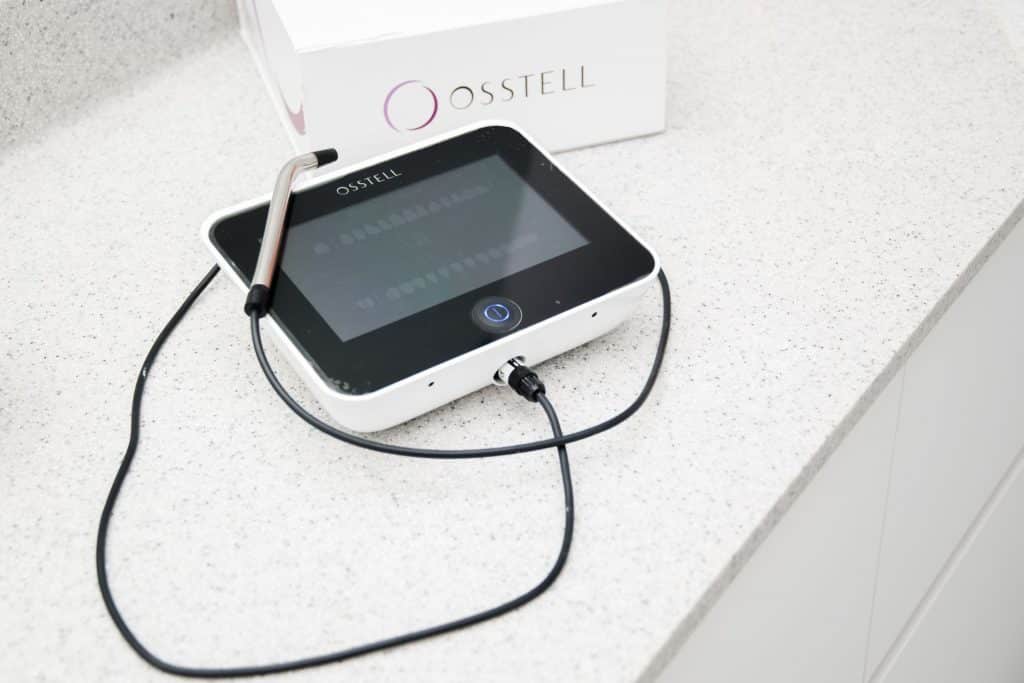
Osstell – measuring implant stability and load before implantation
Osstell – measuring implant stability and load before implantation!
Implants are used today as a safe means of replacing missing one or more natural teeth. After implant placement, a process of osseointegration awaits, in which the implant (small titanium screw) joins with the surrounding maxilla or mandible bone. In modern dentistry, the process of osseointegration of the implant in the upper jaw is between 4-6 months, and in the lower jaw 3-4 months. It is their stability that is a major prerequisite for a successful prosthetic upgrade, and generally a prerequisite for bringing a particular therapy plan to an end. The primary stability of the implant is of mechanical type and is manifested by the degree of attachment of the implant surface to the surrounding bone tissue. Secondary stability is of biological type and occurs at the moment of change in the ratio of spongous bone to cortical bone that is kill associated with the surface of the implant.
Primary implant stability is measured immediately after implantation when deciding on an immediate load, for example with the ALL-ON-4 method, when awarded implant implants are intended to be fitted with a fixed tentative solution immediately and then the osseointegration process is awaited with a tentative fixed solution. If there is no primary stability after implantation, any type of implant prosthetic load is delayed and left with the osseointegration process to do its “fixing” and the patient is provided with some tentative mobile solution. . Using OSSTELL IDx, measuring implant stability is predictable, non-invasive, reliable and objective.
The device uses resonant frequencies that operate vibrations from 3500 to 8500 Hz which are then converted to ISQ values from 0 to 100. High ISQ values indicate high implant stability, while low ones weaken. Successfully implanted implants must have values greater than ISQ> 65, and if the meter shows Osstell less than <50, this indicates that we may either have to wait another month for osseointegration, or that there is a high risk of losing it. The success of implant therapy depends on several factors. The first is the evaluation or evaluation of the patient’s bone condition, density, width and height as seen from the reading of a recent CT scan of the area in question. This is followed by the selection of a suitable surgical implantation technique, a competent oral surgeon and, above all, the selection of a quality, superior and safe implant. Contact us with confidence and schedule your free first lookup today and fix your toothlessness once and for all!
Our address
E-mail address
Monday - Friday
07:00 - 21:00
Saturday
Closed
Sundays and holidays
Closed
Our adress
E-mail address
Monday - Friday
07:00 - 21:00
Saturday
Closed
Sundays and holidays
Closed

